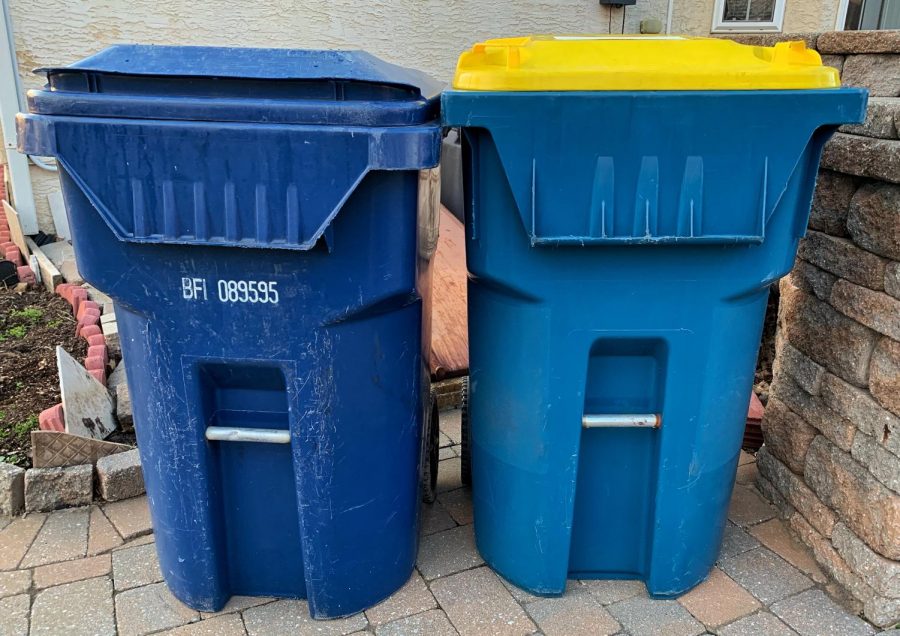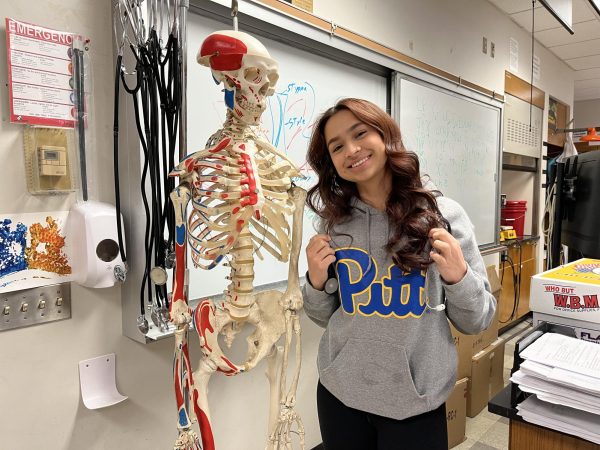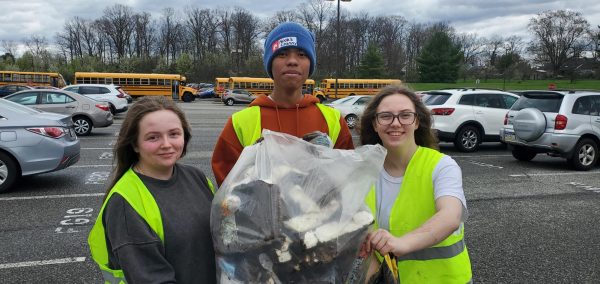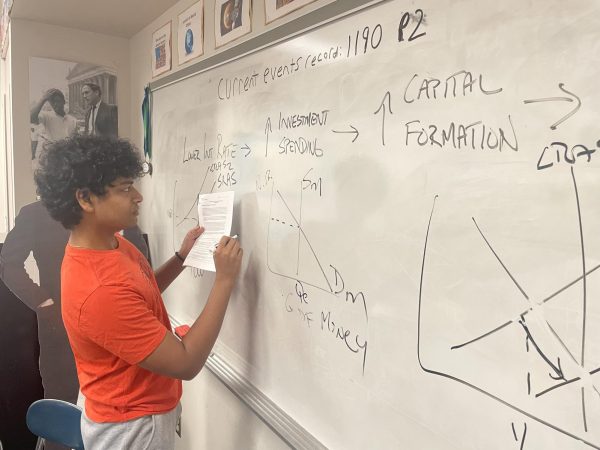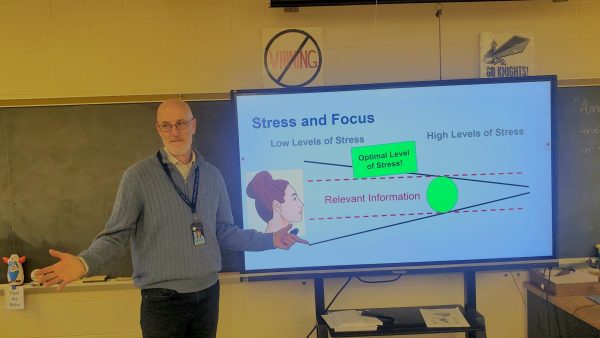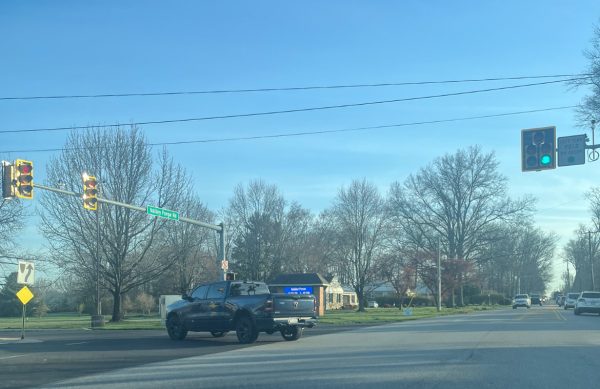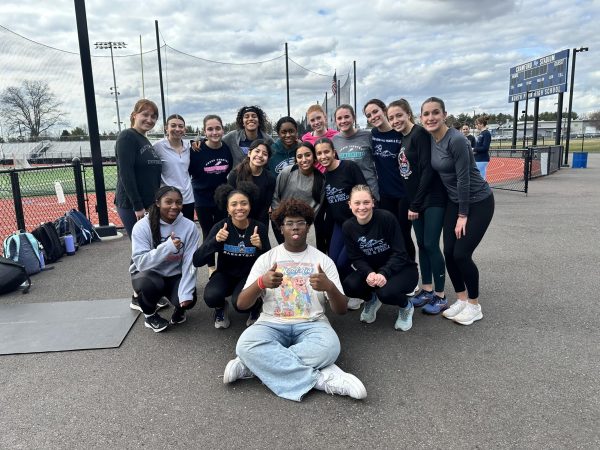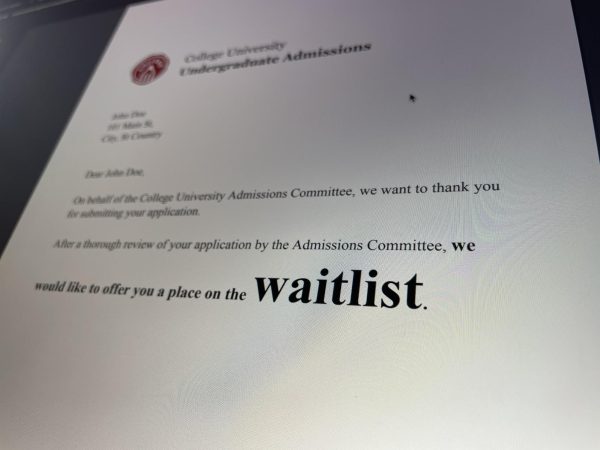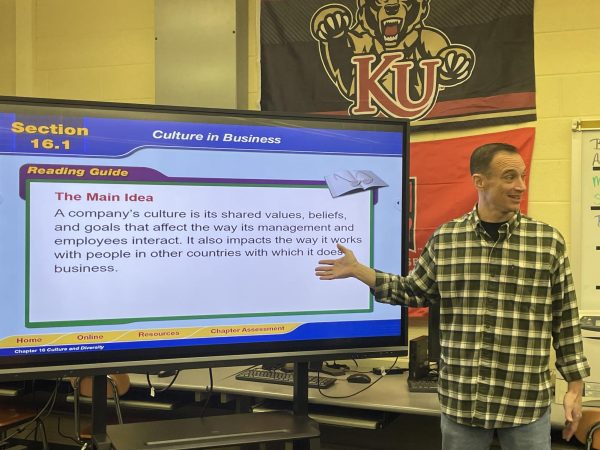How to recycle…the right way
We’ve always been encouraged to recycle, however many people don’t know the right way to recycle that will actually benefit the environment and make a difference.
The idea of recycling seems simple. You just organize your cardboard, plastic, and paper, right? Well, it’s actually more complex than you think.
I’ve emphasized this once and I will emphasize this once more: 91% of trash isn’t recycled. Let’s face it, recycling is certainly not the best option because after all, it’s reduce, reuse, RECYCLE. But despite that, that shouldn’t stop you from doing it. It’s the effort of being mindful that matters.
But why is the number so high? The truth is, so many of the things that we try to recycle are contaminated with food, grease, or other substances. Thus, making it unable to be recycled. This is because the quality of the recycled items is lost after it’s been contaminated with other foods or liquids. For example, the pizza boxes you have cannot be recycled if there’s leftover grease on it. You can always compost it but let’s be honest, composting isn’t for everyone. But if it seems pretty clean for the most part, then it should be recyclable.
Have you noticed the numbered symbols on the bottom of plastic items? They actually have significant meaning. The numbers going from 1-7 represents the type of plastic and how recyclable it is. Numbers 1, 2, 4, and 5 are considered safe as they don’t contain as many harmful chemicals as numbers 3, 6, and 7. But numbers 1 and 2 are most likely your best bet because they are least likely to leach hormone-like chemicals.
Plastic water bottles are examples of the type of plastic that is universally recyclable (#1). But before you start recycling them instead of throwing them in your regular trash bin, know that the caps and the labels aren’t recyclable.
Why, you ask? The type of plastic in the cap is is different from the actual bottle itself. It’s most likely #5 plastic.
But really, what’s the big deal? Aren’t they just going to be broken up and mixed together anyways?
The recycling process begins by separating materials back to their original form but that can only happen if there’s nothing else contaminating it. It must be in its raw form.
So, what do we do to ensure that everything is being recycled?
The solution is simple:
1. Rinse the plastic, glass, or cans that you recycle. It doesn’t have to be squeaky clean but as long as there aren’t any leftover substances, you should be fine.
2. Be aware of the type of plastic: check the label and know what you can or can’t recycle. If it’s too difficult to memorize which is more recyclable, just stick with knowing that numbers 1 and 2 are the most recyclable.
3. If you’re unsure if it’s recyclable or not, just remember: when in doubt, throw it out. You may seem like you’re doing such an amazing thing by recycling more but if you’re just hoping its recyclable, it probably isn’t.
Here’s a list of some things you probably think are recyclable that really aren’t:
1. Styrofoam- (Expanded polystyrene) is a petroleum-based plastic. As Mother Nature Network states, “the main building block of polystyrene is a synthetic chemical called Styrene, which has now been described by the U.S. National Toxicology Program is “reasonably anticipated to be a human carcinogen.” …styrene can leach out and contaminate the environment, Polystyrene can also potentially leach toxins into food and beverages.” Styrofoam is pretty much plastic with a lot of air. So to make things simple: it’s just easier to fly around and eventually land in the ocean. So try to avoid it at all costs.
2. Coffee cups or other cardboard drink containers- Yes, it’s cardboard which is recyclable but because it’s been contaminated with other liquids, it is not able to be recycled.
3. Paper towels, tissues, and napkins- Like cardboard, it’s been contaminated.
4. Plastic bags: Unless it has a #2 or #4 plastic on them, then they should be recycled. Other than that, try reusing them.
5. Padded envelopes- Ones with paper cushioning should be recyclable but ones made of mixed materials (paper envelopes with bubble-wrap inside) cannot. As Recyclebank states, “they can tangle with other recyclables and with the machinery” which can “cost time and money, and at worst, damage equipment and cause injury to the sanitation workers having to clear the jams.”
6. Diapers- Gross, I know. But surprisingly, a lot of people don’t know this. Please DO NOT recycle them… ever.
Other than that, it really depends on where you live. If you really want to get a good grip on what you can or cannot recycle in your area, contact your local recycling facilities and they will be happy to let you know.
We’ve always been encouraged to recycle, but never told what specifically to recycle. Recycling is definitely not the best solution but it’s way better than doing nothing. Recycling shouldn’t be a guessing game. Instead of hoping that you’re doing something good, educate yourself so you KNOW that you’re doing something good.
Sources Used:
https://www.mnn.com/money/green-workplace/stories/recycle-styrofoam-cups-is-it-possible
https://livegreen.recyclebank.com/column/because-you-asked/is-bubble-wrap-recyclable


